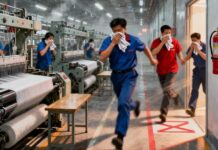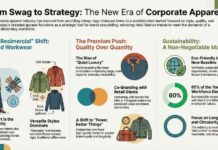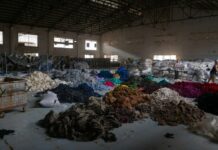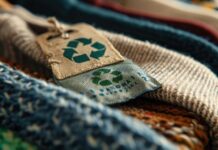US-based textile recycling technology company Circ has announced a partnership with Sanyou Fiber, a prominent Chinese polyester fiber manufacturer. This collaboration aims to advance sustainability within the textile industry by developing innovative technologies for recycling post-consumer textiles into high-quality fiber.
The partnership seeks to tackle the pressing issue of textile waste, which has become a significant environmental challenge. By combining Circ’s advanced recycling processes with Sanyou Fiber’s expertise in fiber manufacturing, the two companies aim to create a closed-loop solution that transforms discarded garments into new, usable fibers.
Circ’s proprietary technology focuses on breaking down polyester-based textiles, allowing for the recovery of valuable materials that can be repurposed. This process not only reduces the volume of textile waste but also minimizes the reliance on virgin materials, thereby lowering the overall environmental impact of textile production.
Sanyou Fiber, known for its commitment to sustainable practices, brings extensive experience in the production of high-performance polyester fibers. Together, the companies will work on developing methods to ensure that the recycled fibers meet the quality standards required for various applications in the textile and fashion industries.
This partnership is a significant step towards a more sustainable future for textiles,” said a representative from Circ. “By leveraging our respective strengths, we aim to create a scalable solution that addresses the critical issue of textile waste while also providing quality products to the market.”
The collaboration aligns with the broader industry trend of increasing emphasis on sustainability and circularity. As consumers and brands alike demand more environmentally responsible practices, initiatives like this partnership are essential for fostering a more sustainable textile economy.
Through this collaboration, Circ and Sanyou Fiber are not only aiming to change the way textiles are produced and consumed but also setting a precedent for future partnerships focused on sustainability in the textile industry. The companies are optimistic that their efforts will contribute significantly to reducing the environmental footprint of textile manufacturing and paving the way for a circular economy in fashion.



































